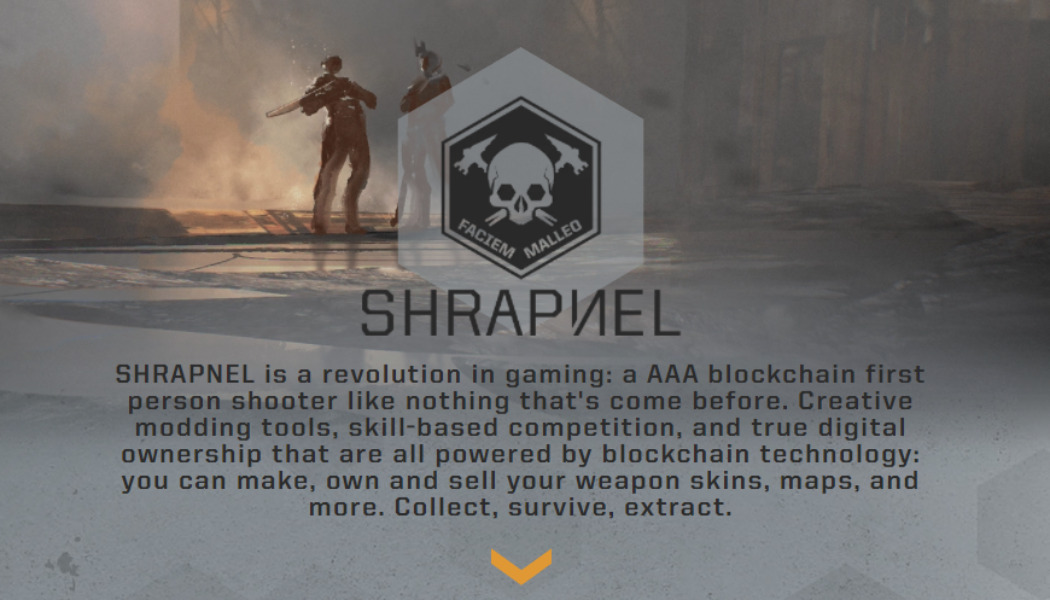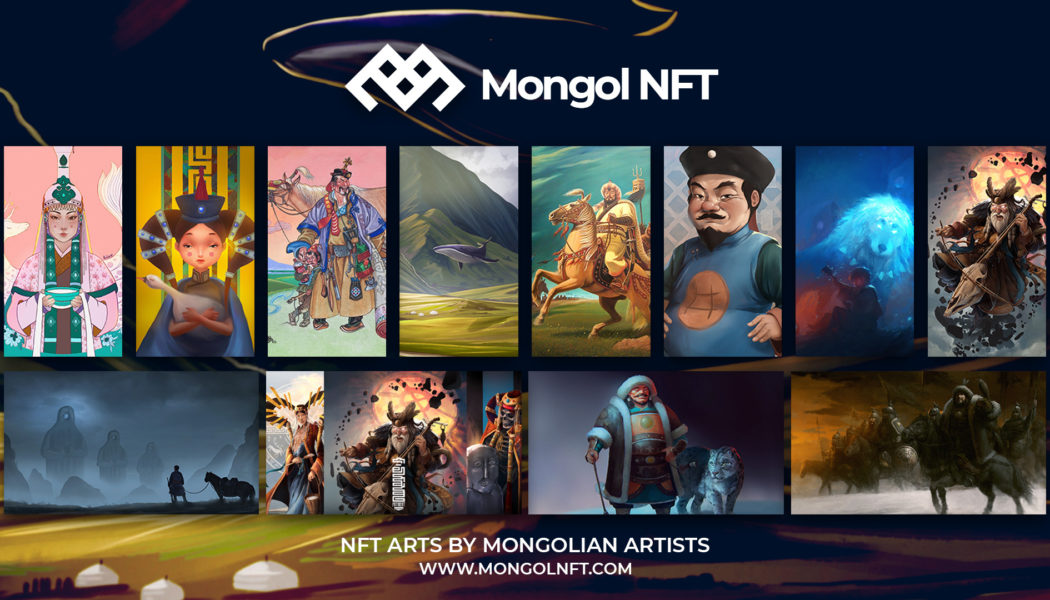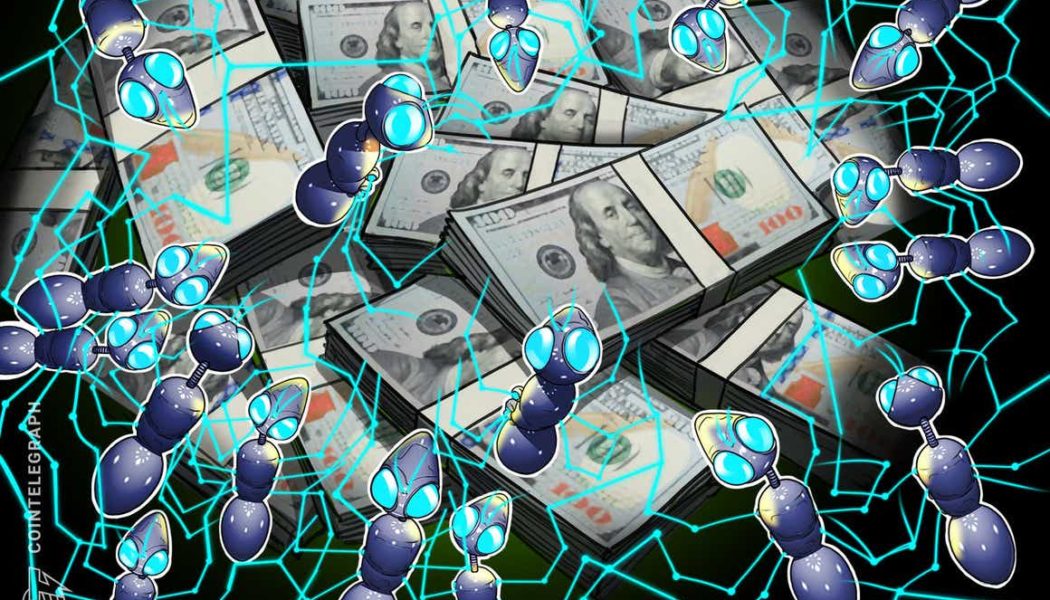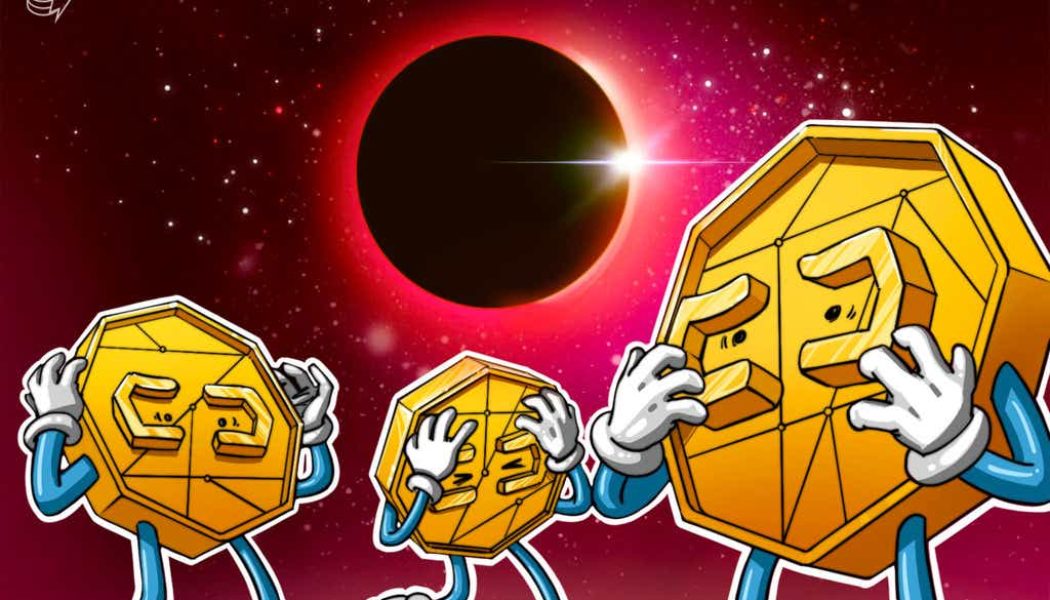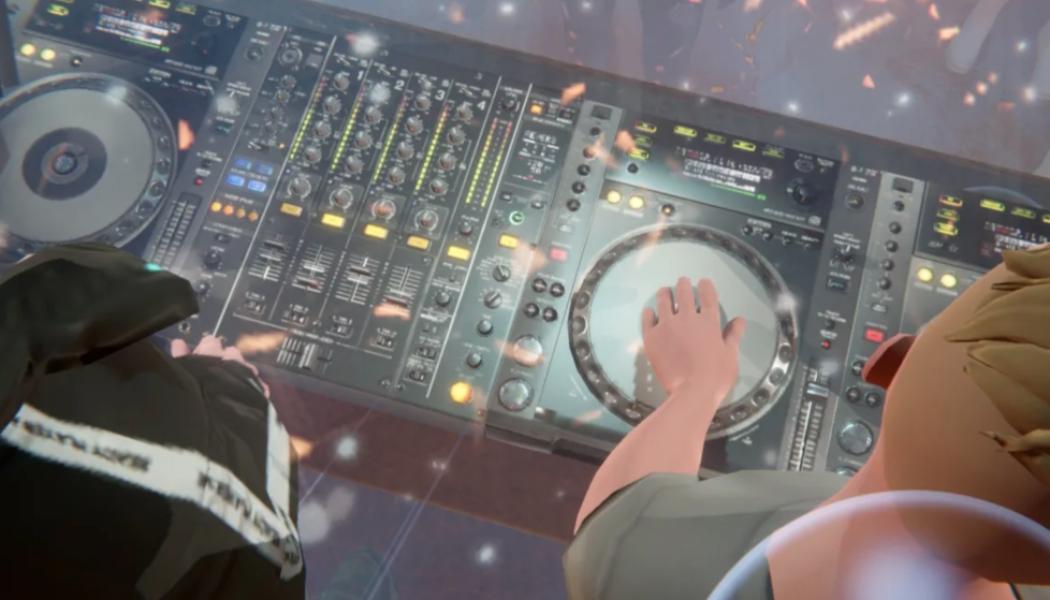Blockchain
Behind the scenes of the first AAA shooter game built on the blockchain
Shrapnel is the world’s first AAA shooter game built on the blockchain, at the intersection of community, creation and ownership. The team is comprised of BAFTA and Emmy award-winning talent that has worked on blockbuster franchises such as HALO, Call of Duty, Madden, Bioshock, Destiny, Star Wars, Hawken Skylanders, Westworld and more. It is built on the blockchain gaming platform, Forte. In an exclusive ask-me-anything session with Cointelegraph Markets Pro, Don Norbury, head of studio at Neon Media, the game’s developer, offered an in-depth take on what the game has to offer. Shrapnel game banner. Source: Shrapnel Cointelegraph Markets Pro User: When I think of gaming, I think of Galaga, Pac-Man, Tomb Raider, Timesplitters. These games were fun and puzzling and con...
Crypto mainstream adoption: Is it here already? Experts Answer, Part 1
Sameep is the founder of QuickSwap, a decentralized exchange on Polygon that allows users to swap, earn, stack yields, lend, borrow and leverage all on one decentralized, community-driven platform. “Just compare the overall market caps from the beginning of 2021 until today to illustrate how much crypto has grown this year. According to CoinMarketCap, on Jan. 1, crypto’s market cap was about $773 billion. Now it’s over $2.3 trillion. Despite the dollar’s rapid inflation, to me, annual growth of more than $1.5 trillion definitely suggests that mass adoption has begun, but there’s still a lot of room for crypto to continue to grow. To enable that growth, more people need to learn about the alternatives to expensive layer-o...
From DeFi year to decade: Is mass adoption here? Experts Answer, Part 1
Dominik is the co-founder and chairman of the Iota Foundation, an open-source distributed ledger and cryptocurrency designed for the Internet of Things. “The biggest difference between crypto in 2017 and crypto in 2022 is the establishment of tangible business models and use cases within our ecosystem thanks to DeFi. We no longer have to wait for external parties such as large companies to drive adoption. We can do it ourselves with applications that introduce much-needed innovation to the base level of our economy — finance. 2021 has been a tremendous year for early-stage validation and growing excitement toward DeFi’s potential. But it’s still early stages. DeFi isn’t yet comparable to fintech companies like Revolut or N26 (2 million to 5...
Genius Yield raises $118M via ISPO in first 48 hours
On Dec. 15, Genius Yield, a decentralized automated market maker and liquidity management protocol built on the Cardano (ADA) blockchain, announced the launch of its initial stake pool offering, or ISPO. The fundraising will continue for six months until June 15, 2022. At the time of publication, more than 95.8 million ADA, worth approximately $118 million at the time of writing, have been delegated to the stake pools. In an ISPO, blockchain enthusiasts stake their cryptos in a protocol and receive tokens of the new project they fund as rewards. After a lockup period, investors can then reclaim their staked cryptos. By utilizing this method, investors not only harvest yields, but they also, on paper, get back their initial investments. Of course, the setup is still susceptible to ris...
IEEE Blockchain Identity of Things standardization working group kicks off
Six worldwide corporations have banded together to start the IEEE blockchain Identity of Things standardization. According to IEEE Chair of the Identity of Things Working Group Dr. Xinxin Fan, researchers from Lockheed Martin, Ericsson, Lenovo, Huawei, Bosch, IoTeX and China Academy of Information and Communications Technology are developing the global standards for blockchain-based decentralized identities in an effort that commenced two years ago. Related: Decentralized identity can bring the analog world into the digital one After two years of research, the six major global businesses have provided the proof of concept for blockchain-based decentralized identification (DID) for IoT devices, which Dr. Fan started in 2019 with the World Wide Web Consortium (W3C). IEEE is a non-profit...
Songs Synthesized From COVID-19’s Genetic Code Can Now Be Purchased as NFTs
Exploring nonstandard methods of music creation has been well on the rise in the age of big data and artificial intelligence. In one such data-driven music project titled ViroMusic, music producers have iterated upon this approach to even begin synthesizing genetic code into songs. The process of developing these songs began with software sifted through the contents of COVID-19’s RNA to identify strands of data which could be turned into music. A proprietary algorithm subsequently translates the data sets into musical notes, leading to a melodic progression that could be played by a musician. ViroMusic call this transformative process DNA Sonification. In total, a series of 10,000 sequences were synthesized into songs, which were then minted as NFTs. Musicians soundtracked the o...
What is an eclipse attack?
When an attacker targets a network’s user, there is usually a deeper motive for doing so. Typically, eclipse attacks can serve as gateways for more complex attacks and disruptions. 0-confirmation double spends A user is at risk of a double-spend if they accept a transaction with no confirmations. By principle, although the transaction has already been broadcast, the sender can still create a new transaction and spend the funds somewhere else. Double spends can occur until a transaction has been included in a block and committed to the blockchain. New transactions that have a higher fee can also be included before original transactions to invalidate earlier transactions. What’s risky about this is that some individuals and businesses are in the practice of acce...
Don Diablo’s $1.2 Million NFT to Be Displayed Alongside Works By Basquiat, Banksy, Andy Warhol
Don Diablo‘s latest groundbreaking NFT venture comes with a spaceship-like physical structure, the largest to ever be attached to a tokenized collectible sale. The NFT, dubbed “HΞXHIBIT III,” was recently sold to a museum collection that houses original works by the likes of Andy Warhol, Keith Haring, Jean-Michel Basquiat and Banksy. Auctioned off by Sotheby’s for $1.2 million, the project marks a milestone for Diablo and further legitimizes the digital art world in which the EDM producer is an unquestioned pioneer. Don Diablo’s “HΞXHIBIT III” physical NFT. c/o Press Also making history is the scale of “HΞXHIBIT III,” which comes paired with one of the largest physical art pieces to ever be attached to an NFT. ...
Thief Steals Charitable Daft Punk Artwork and Sells It for $12,000 In Crypto
A Daft Punk hobby artist has fallen victim to the dark side of the NFT gold rush. The artist, who works under the pseudonym sodasprouts, had created bespoke digital artwork depicting Daft Punk to promote “One More Time,” a charitable fanzine dedicated to the legendary electronic music duo. However, she claims her work was stolen and subsequently sold as an NFT for $12,000 worth of cryptocurrency. All profits from the zine benefit The Trevor Project, the world’s largest suicide prevention and crisis intervention organization for the LGBTQ+ community. “That’s $12,000 that could have gone to charity, $12,000 that could have paid for my spring semester of college or that could have gone to rent,” sodasprouts tweeted. “I’m sure more has been stolen.” Re...


